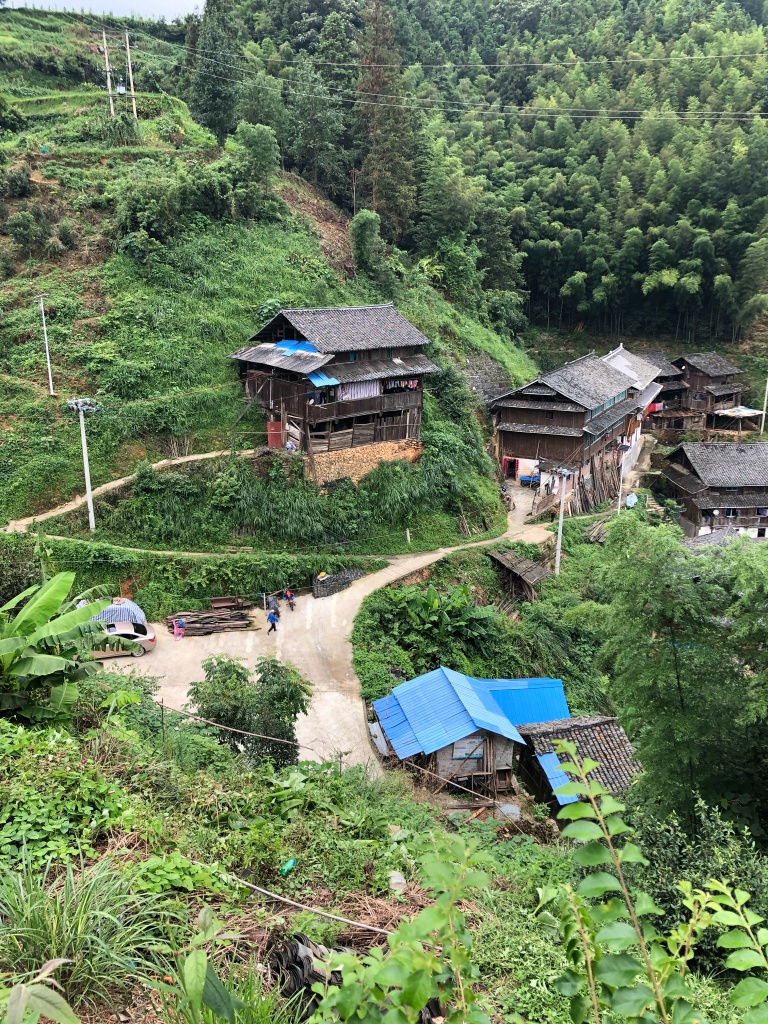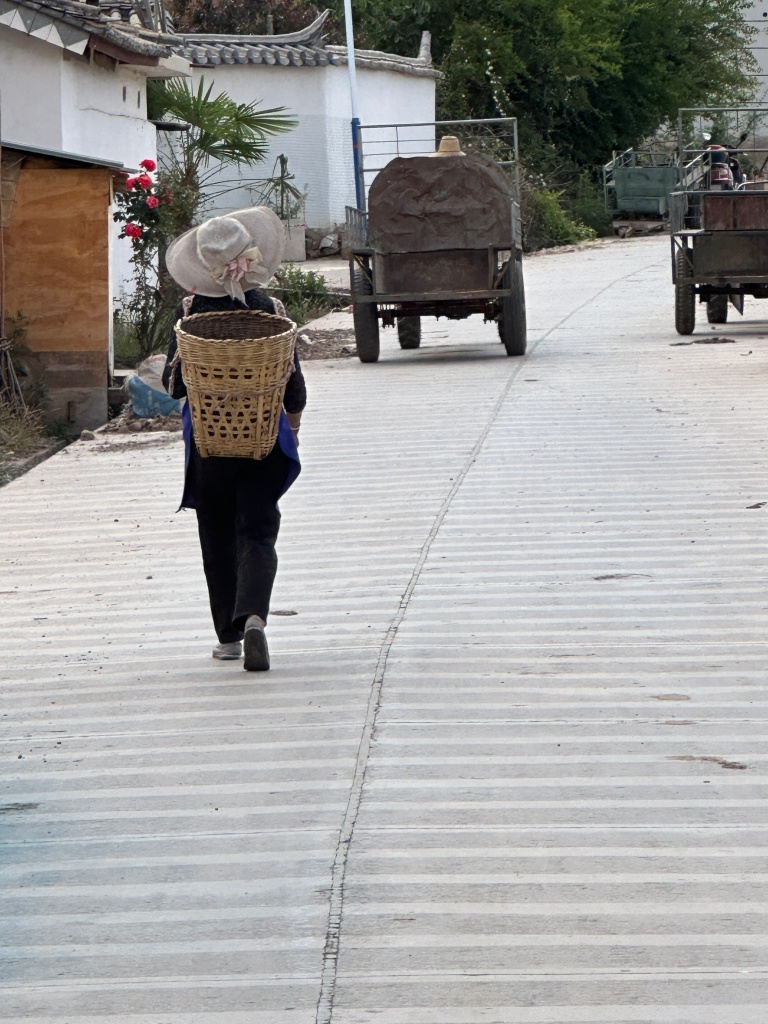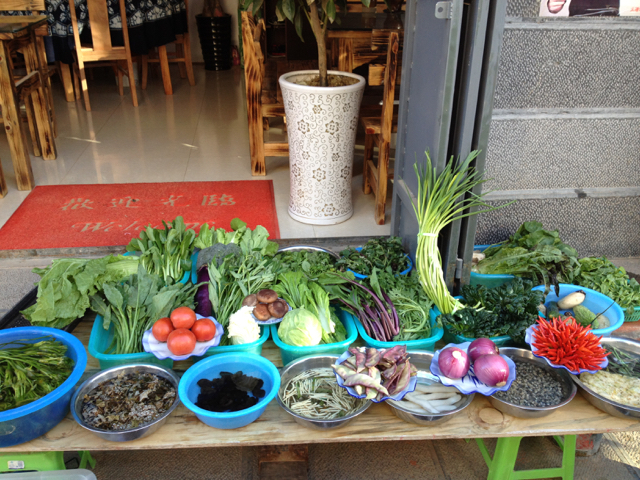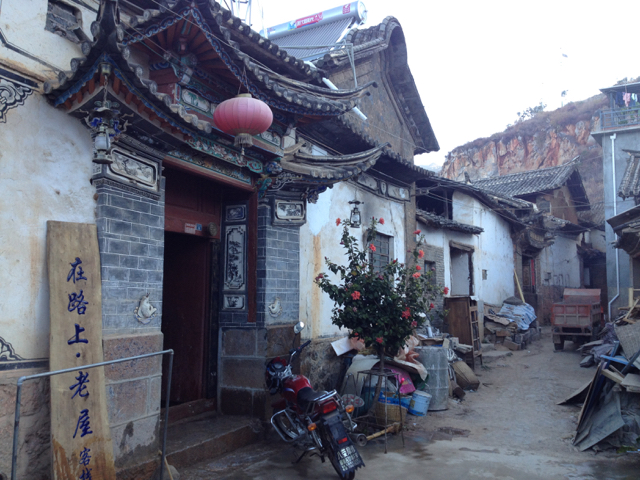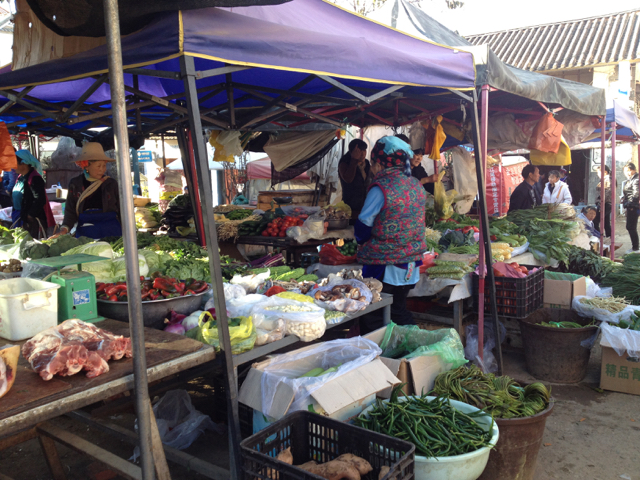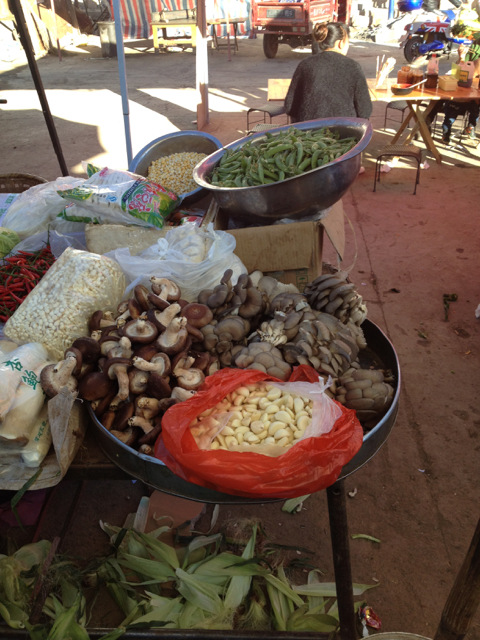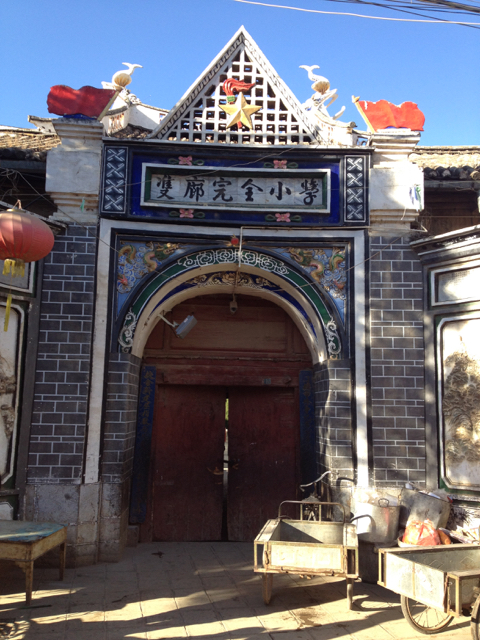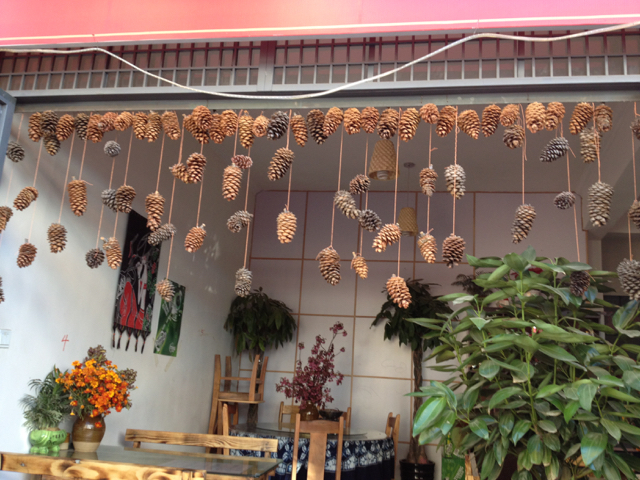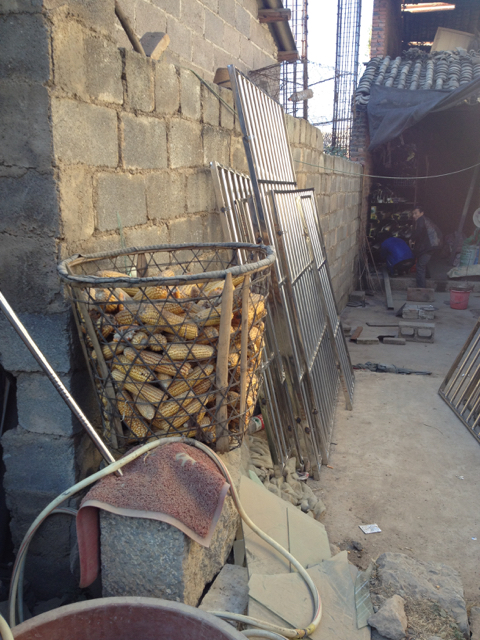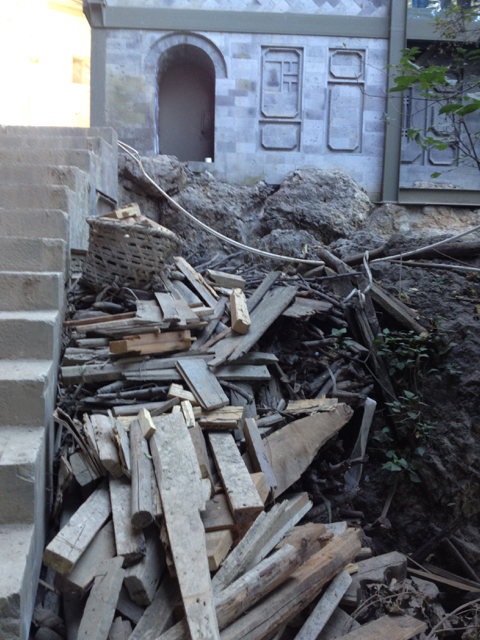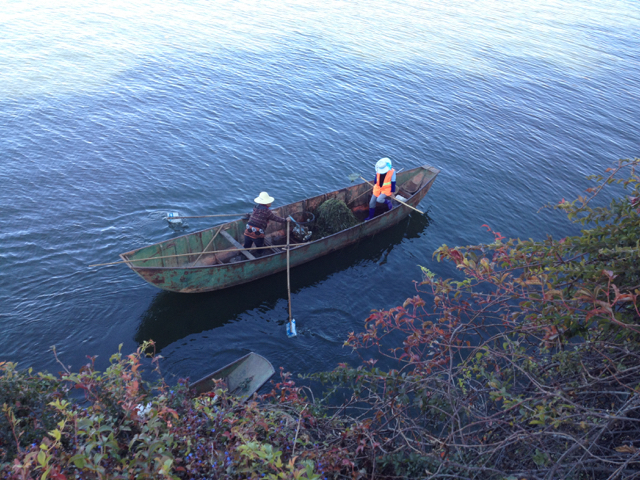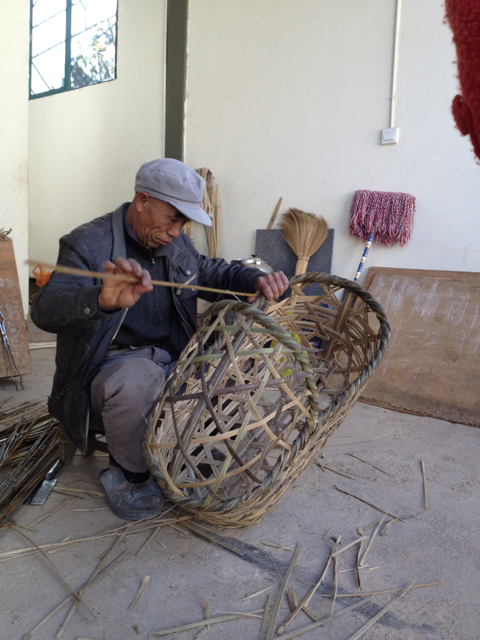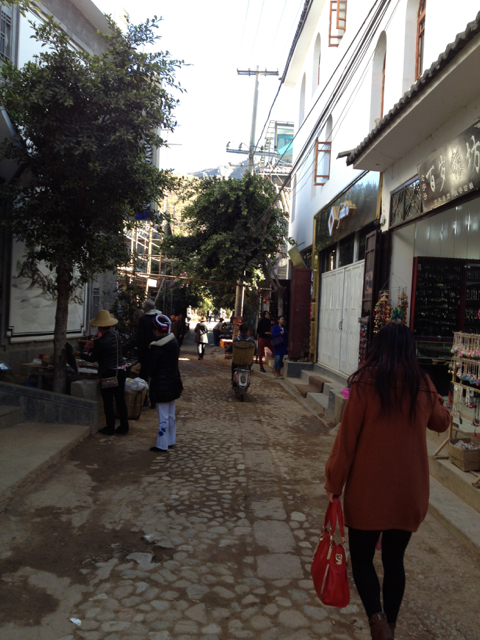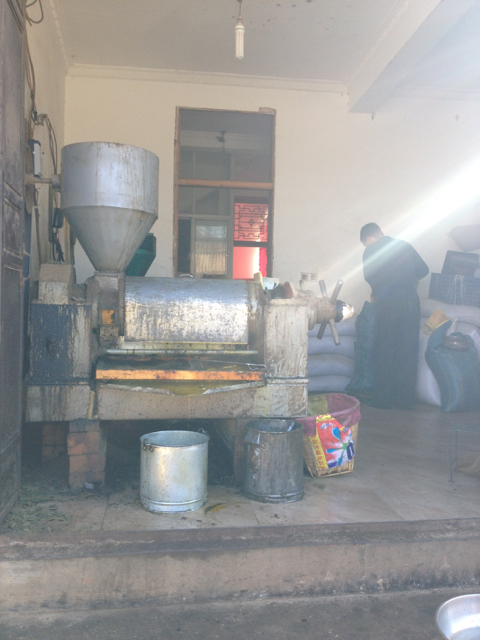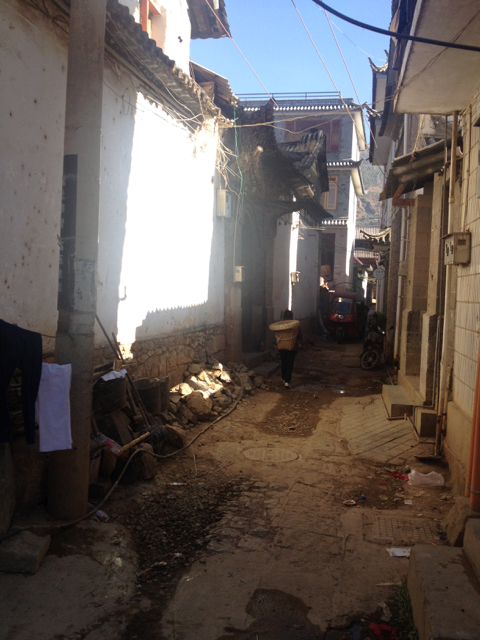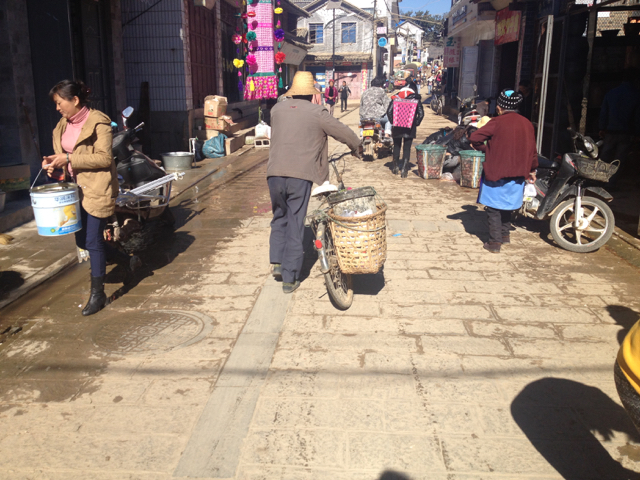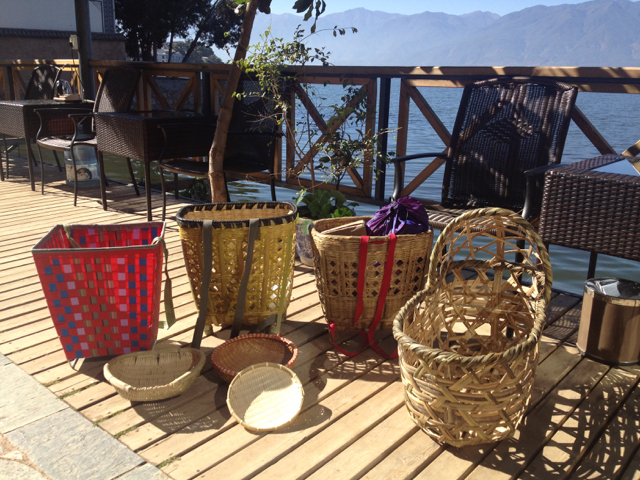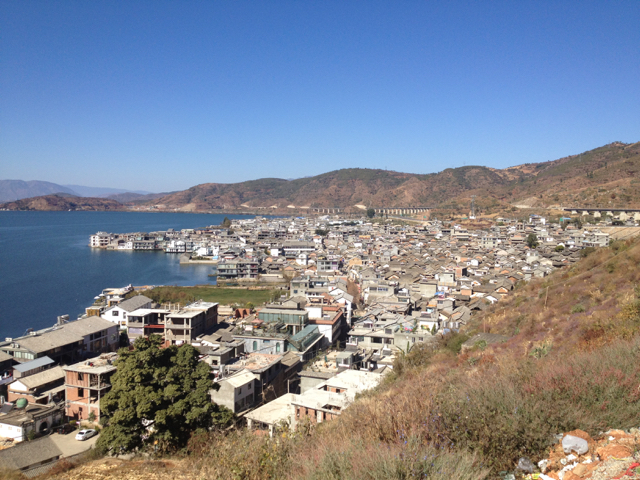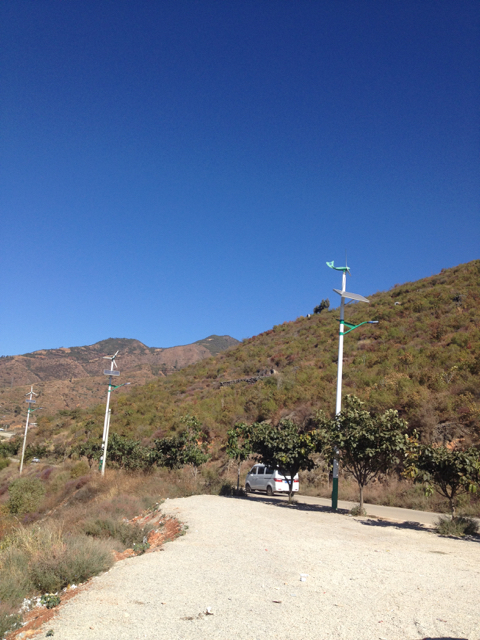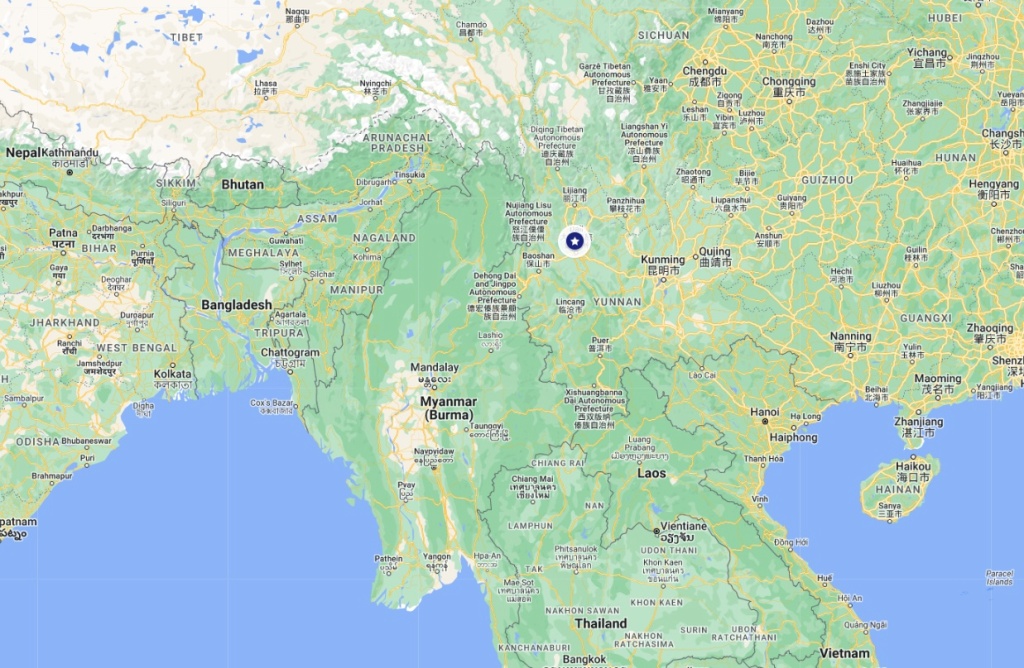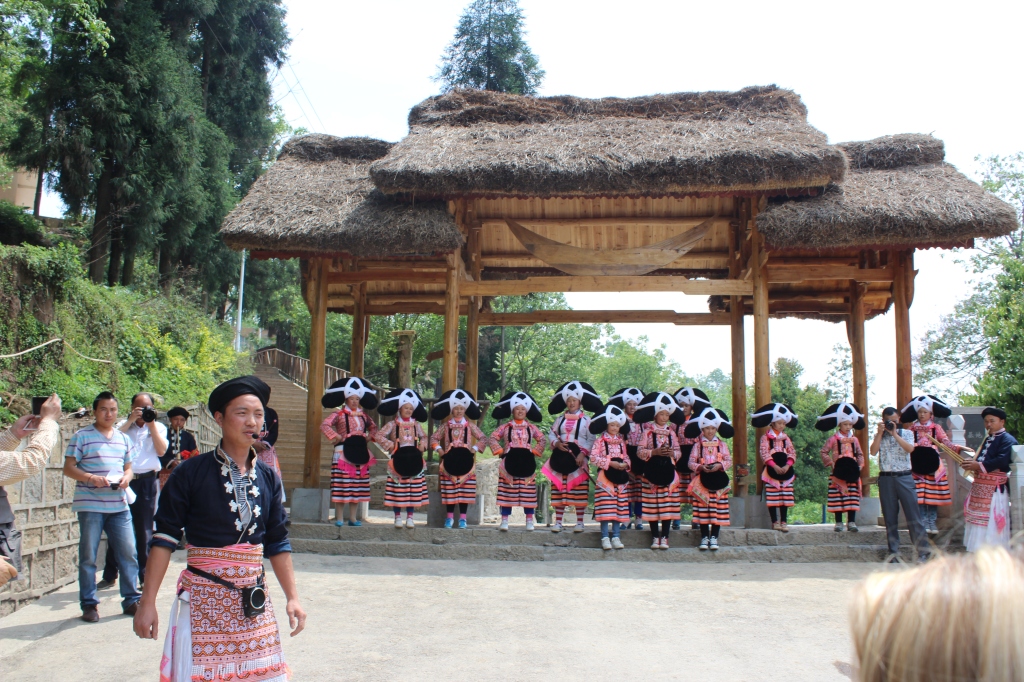Highland Peoples of Southwest China/Southeast Asia/Northeast India: Spring 2024
During a semester (and a year, and a period) filled with woe, my graduate course was one of the most meaningful and rich educational experiences of my career. I jumped with my students into a deep and unfamiliar pool. Thankfully they were excellent swimmers, and everything turned out better-than-well.
For the past ten years I have been trying to learn the scholarly literature related to the mountain-dwelling peoples of Southwest China. More recently, that quest has expanded into concern for the peoples living in similar geographic and social circumstances in the uplands of Southeast Asia, Northeast India, and (not reflected in my course title), upland Bangladesh. I was not trained for work related to this large and complex region and I will never be a specialist, but my knowledge is growing, and the study is very meaningful and gratifying. Working with students—who are becoming specialists in this region—I took the plunge and offered a course to help them and to help myself grow in our knowledge. I am happy to note that that choice was richly rewarding.
The course, offered under the variable title “Highland Peoples of Southwest China/Southeast Asia/Northeast India” (FOLK-F 600 Asian Folklore / ANTH-E 600 Seminar in Cultural and Social Anthropology), gathered in more students that I had expected. I knew that there were enough students eager from the Department of Folklore and Ethnomusicology, but the students from other departments, whom I did not previously know, contributed greatly to the success of the course, just as the folklore studies students whom I knew did.
The main reason that the course succeeded was the knowledge and enthusiasm brought to the course by the students, but a few other factors were also key. One of these was the participation of outstanding guest visitors: Jessica Anderson Turner (American Folklore Society), Mark Bender (The Ohio State University), Patawee Promsen (Naresuan University), Lijun Zhang (George Mason University), and Suvi Rautio (University of Helsinki). I greatly appreciate the contributions that these wonderful specialist colleagues made to our discussions and growth in the course. Another factor that worked well and that I highlight is the series workshops that I sprinkled across the course. In these, the course participants (myself usually included), researched and presented on new-to-us ideas, issues, and research writings of relevance to the course. These presentations were consistently excellent and greatly expanded my (/our) understanding of this vast region, including its peoples and their circumstances. Finally, and this is more familiar, but none-the-less relevant, the readings that we engaged with were excellent.
I will always remember this course. It now sits alongside the first instance of my graduate course on cultural heritage and cultural property (then [2004] variably titled Contesting Culture as Property). Like that course in that moment, this one taught me so much and approached what I think of as the ideal for a graduate seminar. As I research and write, and as I advise and collaborate, I will be constantly drawing upon the work that these students and I pursued together. I am profoundly thankful for their participation in a joint learning effort.














